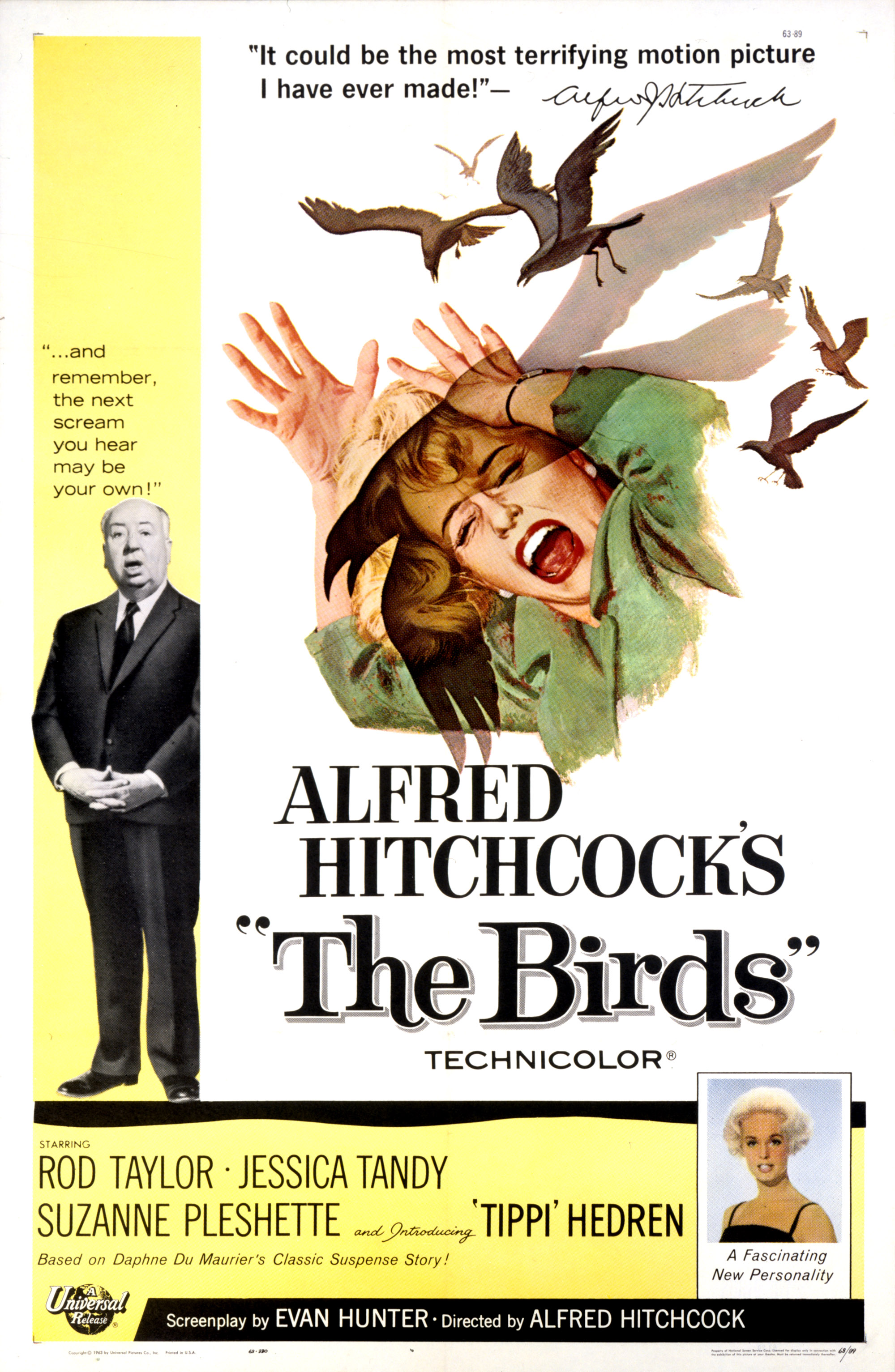 |
| Daria Halprin in Zabriskie Point |
Daria: Daria Halprin
Lee Allen: Rod Taylor
Cafe Owner: Paul Fix
Lee's Associate: G.D. Spradlin
Morty: Bill Garaway
Kathleen: Kathleen Cleaver
Director: Michelangelo Antonioni
Screenplay: Michelangelo Antonioni, Franco Rossetti, Sam Shepard, Tonino Guerra, Clare Peploe
Cinematography: Alfio Contini
Production design: Dean Tavoularis
Music: Jerry Garcia, Pink Floyd
It sometimes seems as if every bad movie eventually finds an audience, even if only as fodder for wisecracks on Mystery Science Theater 3000. Makers of bad movies even have movies made about them, like Tim Burton's Ed Wood (1994) or James Franco's The Disaster Artist, his upcoming film about Tommy Wiseau, the auteur of The Room (2003), a film whose badness turned it into a cult movie. Things get a little more complicated when the filmmaker is a director of the stature of Michelangelo Antonioni. Zabriskie Point is certainly a bad movie by any usual standards of plot or performance. Its endorsement of the revolutionary fervor of the young felt naive at the time and now seems at best simplistic. It was a critical and commercial flop: Roger Ebert called it "silly and stupid," and it banked only $900,000, against a cost of $7 million, on its initial theatrical run. But like another major flop, Heaven's Gate (Michael Cimino, 1980), it has been the subject of a continuing reassessment, attracting defenders and even a small coterie -- not to say cult -- of admirers, especially for its ending: a spectacular demolition of a desert house, with interpolated shots of the contents of a refrigerator and a closet being lofted in the air in slow motion. The fact remains, however, that Zabriskie Point really has nothing to say except that capitalist consumerism is bad and being young is good -- especially if you're hot. Neither point is made subtly and persuasively. The most glaring weakness is in the casting of its two young leads, Mark Frechette and Daria Halprin, who give almost hilariously inept performances as lovers drawn together in their rebellion. We never learn, for example, why Daria becomes so destructively disillusioned with her boss, real estate developer Lee Allen, that she imagines the cataclysm that ends the movie. It seems to have been inspired by her improbable encounter with Mark, who has stolen a small plane and, seeing her driving far below, decides to buzz her automobile. When he lands and they meet, they wander out into the desert, where they have sex. Their coupling is multiplied by a fantasy sequence of perhaps a score of couples rolling around in the dust. Incredible as the meeting of Mark and Daria is, it's perhaps more incredible that Antonioni, who had worked with actors of the caliber of Marcello Mastroianni, Jeanne Moreau, Alain Delon, and Monica Vitti, should have found anything to work with in Frechette and Halprin, whose lack of affect and stilted delivery verge on the ludicrous. Still, the film always gives us something to look at. Cinematographer Alfio Contini has an especially keen eye for the absurd and ugly jumble of billboards and signs that clutter Los Angeles, but he's equally skilled at capturing the beauty of Death Valley and the high desert in Arizona. Too bad that the visuals only serve to reinforce the banal contrast between civilization's corruption and nature's purity.
Turner Classic Movies
